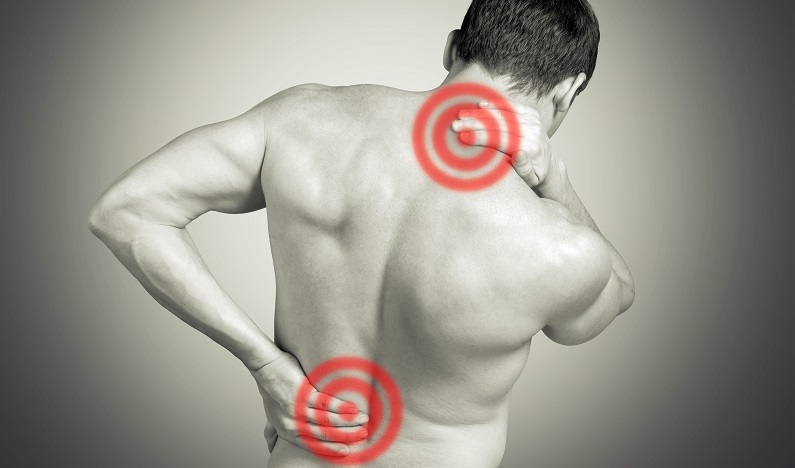Repetitive Vibration And Its Impact On The Spine
Category: Spine | Author: Stefano Sinicropi

A number of jobs and recreational tasks require a person to be subjected to repetitive vibrations or similar stress over an extended period of time. Truck drivers, for example, oftentimes sit in a seat for eight or more hours a day, and every tiny imperfection on the road is felt by their rig and their body. Even when they aren’t hitting large potholes, the vibrations caused by traveling at a high speed can expose the spine to very low levels of near-constant stress. It may not be noticeable after a day or a week, but over time the impact of these vibrations will add up. In today’s blog, we take a closer look at the impact chronic vibrations can have on the spine, and what you can do if you work in an industry where repetitive vibration stress on the spine is normal.
How Repetitive Vibrations Affect Your Spine
Being exposed to repetitive vibrations isn’t just for long-haul truckers. Farmers out plowing their fields, construction workers operating a jackhammer or landscapers who regularly use riding lawn mowers are constantly exposing their spine to repetitive vibrations. And while shock mitigation technology is helping to minimize the intensity of many of these vibrations, the impact will still be felt on the spine.
Even if the vibrations are low in intensity, your spine is tasked with helping to manage and displace this fluctuating level of stress on your back. Not only can the vibration slowly increase the rate of natural tissue degeneration as a result of more stress on the spine, but it also forces your supportive spinal muscles to constantly be working. Sitting in the driver’s seat of a semi truck or tractor may not seem like all that laborious of an activity, but it certainly can be for your spine. Over the years, all this stress and strain can manifest in the form of conditions like spinal stenosis, degenerative disc disease or osteoarthritis.
If being exposed to repetitive vibrations is a regular aspect of your career or livelihood, you don’t just need to accept that back pain is likely in your future. There are a number of ways you can work to strengthen your spine and minimize the effects of these vibrations on your spine. Here are some of the ways you can work to protect your spine against the effects of chronic vibrations:
- Strength Train – When you’re not on the clock, set aside some time to develop key muscles that help to support your spine. If these supportive tissues are stronger, the effects of repetitive vibration will have less of an impact on your spinal column. Developing your core muscles can go a long way in increasing stability in your spine.
- Stretch – Before you get in the driver’s seat or pick up that construction equipment, take a couple minutes to stretch your spine. This will help your supportive spinal muscles prepare for the stress to come. Similarly, take a few minutes to stretch after activity is complete to relieve spinal muscles of some of the static stress they’ve been under.
- Weight Management – Even when you’re sitting, your spine is working to disperse the weight of your body, so the more you weigh, the more stress your spine will be under. These repetitive vibrations will have more of an impact on the spine of a heavier individual than someone at an ideal weight, so consider losing some weight if you are overweight or obese. Your spine will thank you for it, especially during times when it’s working to deal with repetitive vibrations.
- Ideal Posture – Always strive to have great posture when you’re seated. If you’re slumping in your seat or hunched forward, different areas of your spine will be exposed to an increased level of stress, which will only amplify the effects of chronic vibrations. Sit with your head positioned directly above your shoulders so that gravity has less of an impact on your spine.
- Consider Shock Absorbers – Finally, many industries recognize the potential health effects of repetitive vibration exposure, so they have some equipment or devices to help mitigate vibration intensity. Seat cushions can help to minimize the intensity of vibration exposure on your spine, while similar safety devices in the construction industry can help take the shock out of your work duties. Look for ways to protect your spine with industry-specific vibration protective equipment, or urge your company to provide devices that can protect the health of their employees.
If you are developing any new or chronic back aches that you believe are tied to repetitive vibration exposure, reach out to Dr. Sinicropi and the team at The Midwest Spine & Brain Institute. We can help figure out what’s going on in your spine and set you up with an individualized care plan to protect your back now and in the future. For more information, or for help with a different back issue, call The Midwest Spine & Brain Institute today at (651) 430-3800.